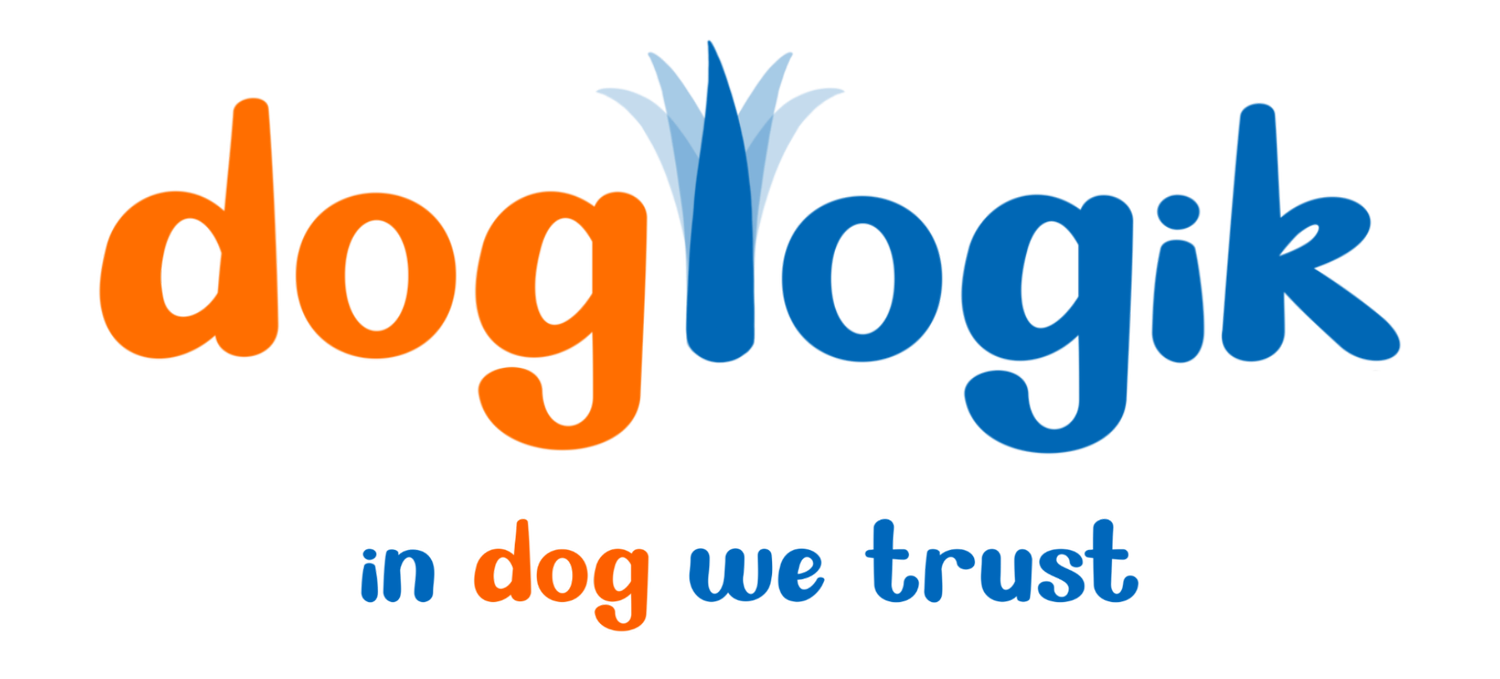Why That Gorgeous Working Dog Might Not Be Your Ideal Netflix Buddy
Picture this: you’re scrolling through rescue sites or puppy listings and BAM! There it is — a stunning border collie with eyes like storm clouds and a grin that could charm the pants off a scarecrow. Your heart melts. The listing says “needs a loving home.” You’ve got love. It’s a match, right?
Well… maybe not.
Let’s talk about the four-legged overachievers of the dog world — working breeds. Border collies, kelpies, Maremmas, heelers, and Malinois are the Olympic athletes of the canine kingdom. They were bred for grit, endurance, razor-sharp focus, and a job to do. Not just a hobby — a job. Like, clock-in-at-dawn, chase-sheep-all-day, run-40km-then-solve-a-Rubik’s-cube kind of job.
“But I Walk Him Every Day!”
We hear it all the time: “He gets a good walk every day!” Fantastic! But imagine hiring an elite triathlete to sit in a studio apartment and take a stroll around the block twice a day. That’s essentially what we’re doing when we rehome a working breed into a suburban life without the mental and physical stimulation they were born for.
It’s not that you’re not doing your best — you absolutely are. It’s just that no one told you the dog you adopted used to run a sheep station and now feels like they’ve been laid off with no severance pay and no Netflix password.
The Trouble with Underemployed Geniuses
When these dogs don’t have an outlet for their boundless energy and big brains, they don’t just nap it off. They get bored. And frustrated. And when a working dog gets frustrated, you’ll know about it. Chewed furniture, crater-sized holes in your backyard, intense reactivity on walks, and a general sense that your dog is two lattes and a tight deadline away from snapping.
Worse, they get labelled as “problem dogs.” But the problem isn’t the dog — it’s that their needs are going unmet.
Breeders and the Information Gap
Unfortunately, not all breeders are transparent about just how intense these breeds can be. Some are more interested in the sale than in setting everyone up for success. And adopters? You’re acting in good faith. You’re not lazy or irresponsible — you just didn’t get the full picture. You were sold a Ferrari and handed a lawnmower manual.
What These Dogs Really Need
To thrive, working breeds need:
Daily mental stimulation (trick training, scent work, puzzle toys, agility)
Plenty of structured exercise (and no, zoomies in the hallway don’t count)
A job to do (even if it’s not herding sheep, it could be herding cones or kids or learning how to skateboard)
Clear boundaries and training from someone who understands their drive
A Quick Story: From Paddock to Panic
Imagine a kelpie who’s spent three years rounding up sheep on a 500-acre farm. Then she’s rehomed into an inner-city apartment. She gets a walk every second day and lots of pats, but no work, no stimulation, and no clear expectations.
In a month, she’s barking at the window nonstop, lunging at other dogs, chewing furniture, and spinning in circles like a furry tornado. People start saying she’s “aggressive” or “too much.” But really, she’s just unemployed and misunderstood.
So, Should You Avoid Working Dogs?
If you’re living in the suburbs, working a 9-5, and dreaming of a chill couch potato companion — yes, steer clear of working breeds unless you have a plan to meet their massive needs.
That doesn’t mean they’re bad dogs. They’re phenomenal dogs — in the right environment. But if your idea of a perfect Sunday is brunch and a nap, and theirs is rounding up children in the park like sheep… you might want to swipe left on that adoption profile.
Final Woof
Choosing the right dog for your lifestyle isn’t about what your heart wants — it’s about what your dog needs. Let’s stop setting working dogs (and ourselves) up to fail. And remember, loving a dog also means knowing when to say, “You’re amazing… but I’m not your person.”
